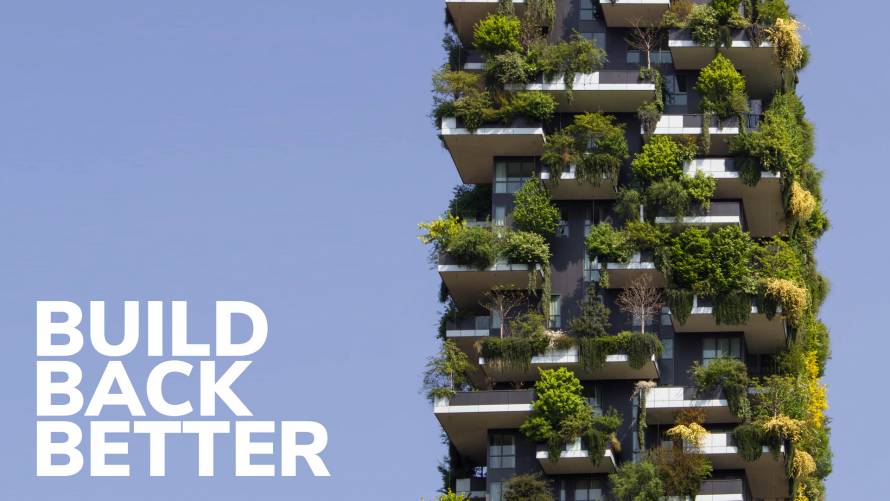
14 February 2022
Circular Shared Value in Real Estate
Build back better
Climate change, resource scarcity and the future of urbanization, together with the global pandemic crisis, are some of the uncertainties that the real estate sector is currently facing. Probably the only way to overcome them is to adopt circular economy principles, moving towards a healthier system that creates circular shared value for the different stakeholders.
These principles, detailed in the article previously published on the circular shared value for the real estate, should be applied at different levels to satisfy the needs of the market, keep contributing to global wealth, reducing the impact on the environment and society.

Creating circular shared value that also creates a social, ecological and financial return on investment can present some challenges. There are six main barriers identified:
- Planetary boundaries. Optimizing the creation of social, environmental and financial value to the satisfaction of all stakeholders can be difficult in this area. To approach this we can use analysis methods such as Total Cost of Ownership or Life Cycle Analysis.
- Technical feasibility. Ideally the materials selection, construction processes and alternative locations should not compromise the quality of the real estate. For this to be a reality, knowledge must be shared between sectors and funds must be dedicated to specialized education.
- Business implementation gap. There is a gap between corporate strategy and the availability of internal resources to move forward in the creation of shared circular value. To close the gap, the ideal situation would be to have initial public financing for innovation (and thus increase long-term uptake) and have reporting initiatives to quantify the benefits at the ecological, social and business levels.
- Govern and legislation. Current legislation in some cases do not facilitate the creation of shared circular value (sometimes reuse is limited, there are no social or ecological requirements in public procurement, etc.). But the trend at the global level is towards legislation that points more towards sustainability.
- Readiness to innovate. The high durability and heterogeneous nature of real estate assets as well as the relatively high cost of experimentation, have always presented a barrier for innovation. However, the need in the digital era are fostering the innovation in this industry progressively. This process can be accelerated by an open culture, oriented to optimizing the circular shared value creation.
- Cross-sector collaboration. The result of the 5 previous barriers is the lack of collaboration. Organisations must be willing and available to share their knowledge within and outside their value chain. Las organizaciones deben estar dispuestas y disponibles para compartir conocimiento dentro y fuera de la cadena de valor. Collaboration can be facilitated by specific funding as well as setting up dedicated networks and pilot sites.
Knowing the objectives and barriers of this challenge, we have a good base to start the path towards a real estate sector that generates shared circular value. At Eco Intelligent Growth we continue working to achieve this goal from the product to the system, with methodologies such as Cradle to Cradle Certified®, Lean2Cradle® and the Carbon Circular Cycle Approach, that address each of the mentioned barriers from a different perspective.